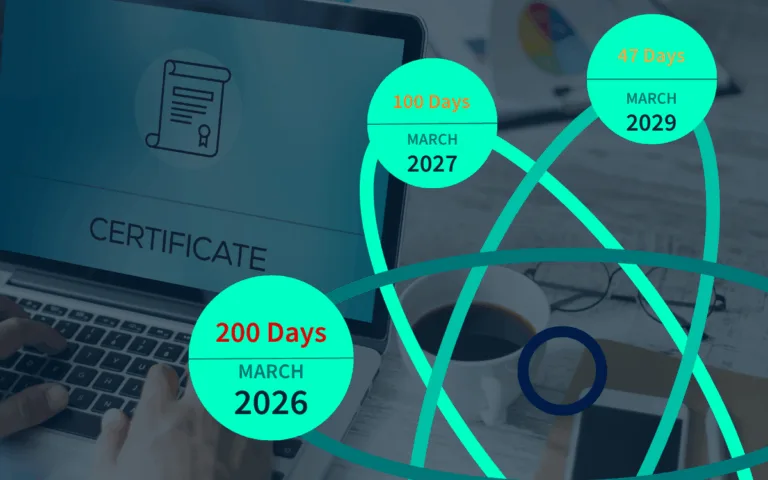
Many organisations are still relying on legacy software which can have a major impact on cyber security and can affect the performance and productivity of an infrastructure which can result in significant cyber risks. So, what are the issues an organisation can face with outdated legacy software?
Security Vulnerabilities with Legacy Software
One of the most critical reasons for updating legacy software is to address security vulnerabilities. As software ages, it becomes increasingly susceptible to cyber threats, such as malware, viruses, and hacking attempts. Outdated systems often lack the latest security patches and encryption protocols, leaving your sensitive data and systems exposed to potential breaches. By updating your legacy software, you can strengthen your defences and protect your organisation from costly data breaches and cyber-attacks.
Compatibility Issues
As technology advances, legacy software may struggle to integrate with newer systems and applications. This incompatibility can lead to inefficiencies, workflow disruptions, and data silos within your organisation. Updating your software ensures seamless compatibility with other modern systems, enabling smoother operations and better data sharing across departments.
Performance and Productivity
Over time, legacy software can become sluggish and prone to crashes, affecting employee productivity and customer experience. Newer software versions often include performance optimisations, bug fixes, and enhanced features that can significantly improve efficiency and user satisfaction. By updating your legacy systems, you can leverage these improvements and empower your workforce with the tools they need to perform at their best.
Compliance and Regulatory Requirements
Various industries are subject to strict compliance regulations that mandate the use of up-to-date software and security measures. Failing to update your legacy systems can put your business at risk of non-compliance, potentially leading to hefty fines, legal issues, and reputational damage. Staying current with software updates helps ensure that your organisation adheres to relevant regulations and industry standards.
Protecting your organisation for the future by upgrading legacy software
Embracing software updates not only addresses current challenges but also prepares your organisation for future growth and adaptability. Newer software versions often introduce innovative features, improved functionality, and better integration with emerging technologies. By keeping your systems up-to-date, you can future-proof your business, enabling it to remain competitive and agile in an ever-changing landscape. While updating legacy software can be a daunting task, the benefits of doing so far outweigh the risks of maintaining outdated systems. By prioritising software updates, you can enhance security, improve operational efficiency, maintain compliance, and position your business for long-term success.
Developing a comprehensive upgrade strategy
While the benefits of software upgrades are clear, the process of modernising legacy systems requires careful planning and execution. Organisations should develop a comprehensive strategy that addresses the following key aspects:
- Assessment and Prioritisation: Conduct a thorough assessment of existing software systems, identifying critical applications, dependencies, and potential risks. Prioritise upgrades based on risk factors, business impact, and resource availability. FullProxy’s Health Check Service can help you do this!
- Data migration and integration: Ensure that data from legacy systems is securely migrated to new platforms, maintaining data integrity and compliance. Plan for seamless integration with existing systems and processes.
- User training and adoption: Involve end-users throughout the upgrade process and provide comprehensive training to ensure a smooth transition and adoption of the new software solutions.
- Ongoing maintenance and support: Establish processes for regular software updates, security patching, and vendor support to maintain the security and functionality of the upgraded systems over time.
As a managed service provider FullProxy, can help you maintain an up-to-date infrastructure with the help of our technical experts who specialise in a variety of technologies including, F5, Fortinet and AppViewX. To find out more about the services we offer, click here.




